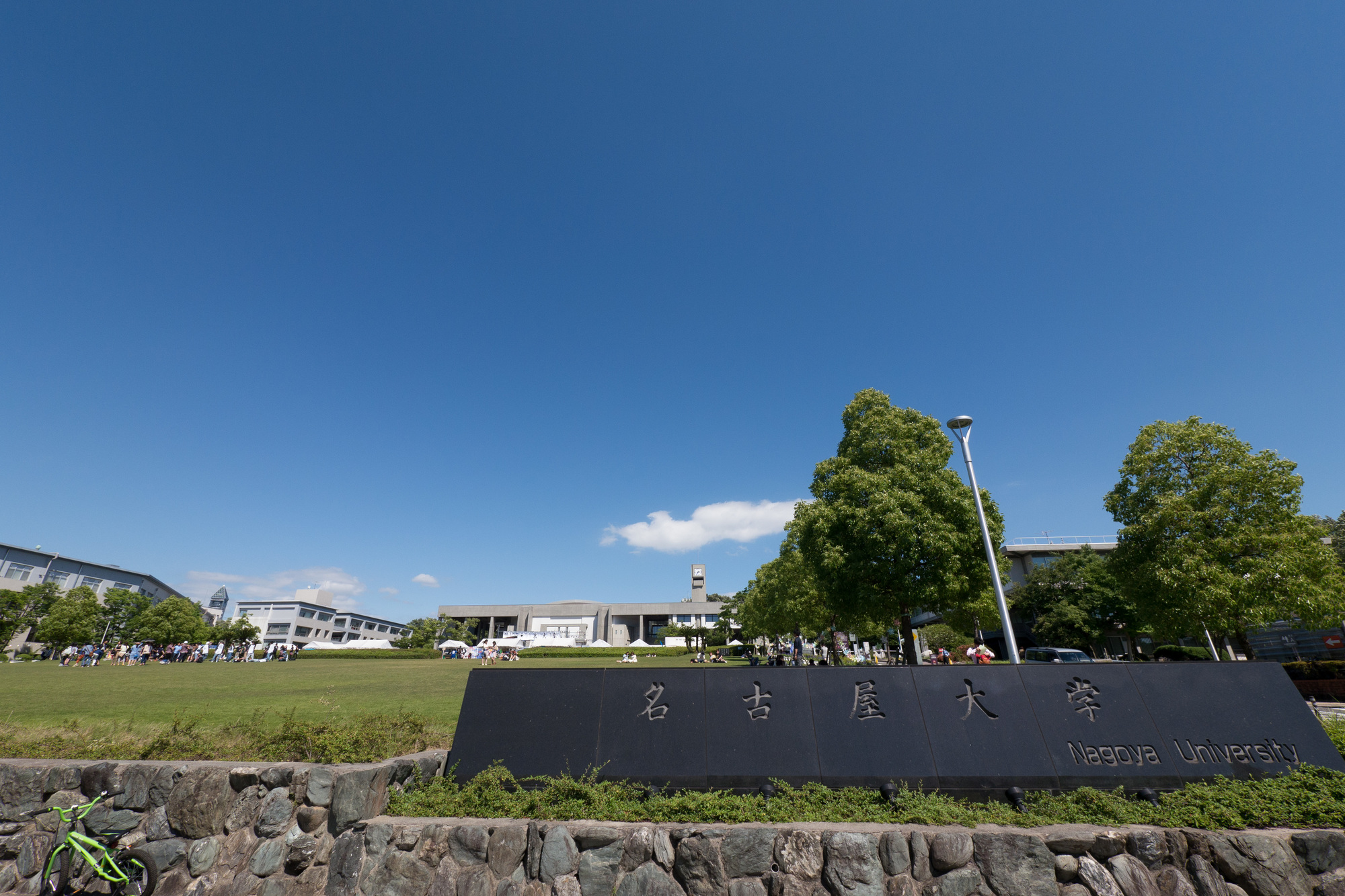A group of Professor Hiroshi Hanafusa and Professor Kunihiro Matsumoto of Nagoya University elucidated the mechanism that controls the direction of cell division.The direction of cell division is thought to be involved in the formation of various organs of the body, such as the formation of the brain.This result may lead to the elucidation of diseases such as microcephaly where the formation of the brain does not go well.
The direction in which cells divide during the developmental stage of an organism, such as the cell division of a fertilized egg, is important in determining subsequent differentiation, that is, in shaping the organs of the body.In particular, it is becoming clear that neural differentiation during the fetal period is closely related to the disease called microcephaly.
The two central organelles, the mitotic spindles and the asteroid microtubules, play an important role in the direction in which cells divide.During cell division, the centrosome first divides into both ends within the cell.After that, the mitotic spindle extends toward the center, and the aster microtubules extend in the opposite direction, and the cells divide into two from the area where the mitotic spindles extending from both ends meet.On the other hand, asterous microtubules are adhered to the cell membrane to fix the direction in which the mitotic spindle grows.In short, asterous microtubules play an important role in determining the direction of cell division.In this study, it was found that suppressing the expression of certain enzymes prevents the formation of stellate microtubules and causes the entire spindle to tilt.Therefore, abnormalities occur in the direction of cell division.Furthermore, when the function of this enzyme was chemically analyzed, it was found that some of the substances that make up the centrosome undergo chemical changes.This is a substance that has traditionally been known to be involved in the formation of microtubules.
The results of this research suggest that the brain may not grow well due to abnormalities in the function of only one enzyme.If future research can find a way to prevent these abnormalities, it may help prevent serious illnesses such as microcephaly.

